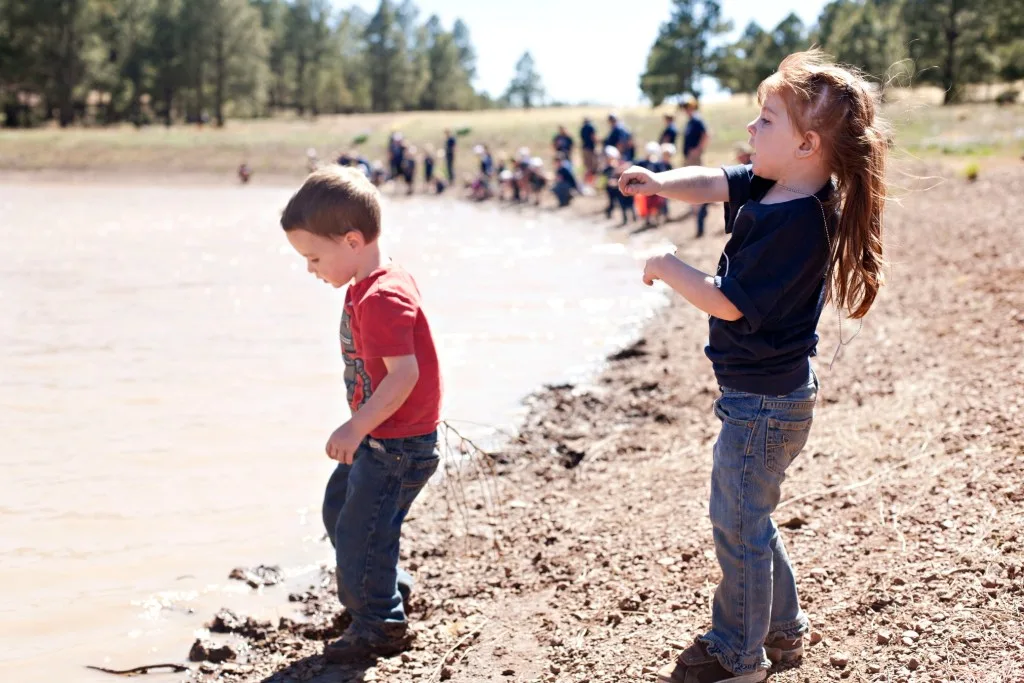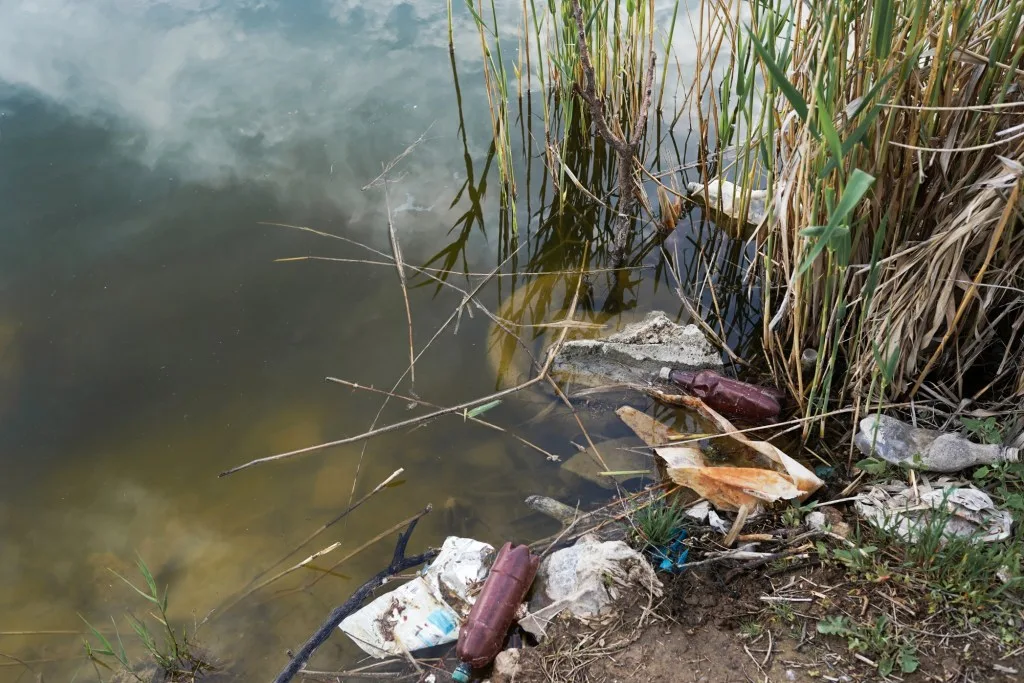The Great Lakes are a popular tourist destination for many reasons, but cleanliness isn’t exactly at the top of the list. Thus, if you want to plan a trip to this popular region, you may wonder which Great Lake is the dirtiest. After all, who wants to take a plunge in polluted water when you can find cleaner lakes around?
So, if the Great Lakes are on your itinerary, keep reading. You might just avoid planning an epic vacation on stinky shores. Let’s dive in.
What Are the Great Lakes?
The Great Lakes are a chain of large freshwater lakes atop the midwestern region of the United States. They include Lake Michigan, Huron, Erie, Ontario, and Superior; and collectively they comprise the largest surface of fresh water in the world — 94,250 square miles.
They’re among the 14 largest lakes in the world. Positioned between the United States and Canada, they have also been a natural, peaceful border since 1909, with no fortifications or warships along the shores.
Are Great Lakes Dirty?
Unfortunately, the increased development around the shores of the Great Lakes hasn’t proved beneficial for the lakes. While it has improved both countries’ economies, it has also caused major pollution.
Between the major cities of Toronto, Rochester, Buffalo, Cleveland, Detroit, and Chicago, trash, chemicals, and other types of pollution have skyrocketed. And it doesn’t make for good swimming or drinking water.
What’s more, it’s extremely harmful to the natural ecosystems. However, recently both the United States and Canada have begun working on creative ways to clean the water and prevent further large-scale pollution.

Is Lake Erie the Most Polluted Great Lake?
Unfortunately for Lake Erie, its ecosystem, and the surrounding communities, it is the most polluted Great Lake. Have you ever heard the saying “Lake Erie is Dead”? This term started in the 1960s because the chemicals, fertilizer, agricultural runoff, and other toxins were killing the fish in Lake Erie.
Despite being one of the world’s largest freshwater sources, it could not sustain life. It became a major catalyst for wide-scale environmental movements. Even after the creation of many environmental regulations, swimmers still have to be wary of bacteria levels and algae blooms before they take a dip.
Pro Tip: Lake Erie isn’t the only lake in Ohio! Check out these 7 Best Lakes in Ohio we think are worth visiting.
Why Is Lake Erie the Dirtiest?
Sadly, Lake Erie’s dirty waters came about because of the large industrial presence scattered along its shores. As a result, Lake Erie became the most polluted Great Lake out of the five lakes. One, because Lake Erie is one of the smaller, shallower Great Lakes, and two, because of the large surrounding population.
Over 11.6 million people live in the lake’s basin. Additionally, due to the number of cities and factories dumping chemical pollutants into the lake, dead aquatic life began surfacing along the shore. Unfortunately, the uncontrolled pollution reached a head in the 1960s, and the lake is still recovering.

What Is the Cleanest and Clearest Great Lake?
To find out which Great Lake is the cleanest, just find the largest one surrounded by the fewest cities. Yup, you guessed it — Lake Superior. In fact, this western-most Great Lake is the largest freshwater lake in the world by surface area, and it contains 10% of the world’s freshwater.
On top of that, Thunder Bay, Ontario, is the largest city positioned on the shore of Lake Superior. But other than that, not many major cities surround it, compared to Detroit and Cleveland. Because of this, Lake Superior has remained relatively clean, and it’s a fantastic place to visit if you want to relax in the pristine beauty of untouched nature.
Pro Tip: Can you guess what The Deadliest Lake in America? We uncovered the truth!

Is Lake Erie Drinkable?
So, can and should you drink the water from Lake Erie? Well, Lake Erie does provide drinking water to 11 million people in the surrounding areas. So yes, the water from Lake Erie is technically drinkable; however, only after it’s been treated.
Nevertheless, there have been instances where even treated drinking water from Lake Erie was found to be toxic. In 2014, the City of Toledo, Ohio, issued a “do not drink” advisory. Over 400,000 residents had water drawn from Lake Erie with unsafe microcystin levels, a toxin produced by green-blue algae blooms. Even the treated water is toxic at times. So you definitely don’t want to take the chance of consuming untreated water out of Lake Erie.
So, can you safely drink treated water from Lake Erie? Most of the time, unless the city has issued a warning. Should you start sipping straight from the lake? Absolutely not.
Is Lake Erie Too Polluted to Swim In?
Lake Erie has a long, dirty history. But luckily, the pollution status of the lake has greatly improved in recent years. Because of this, you can swim along its shoreline.
If you feel worried about toxins, know that the beach will warn of any harmful algae blooms and will deny access. Thankfully, thousands of swimmers enjoy Lake Erie every year without negative consequences. So no, Lake Erie doesn’t have too much pollution to swim in it.
Go ahead and dive in.
Are you worried about swimming in Lake Erie? Tell us your thoughts in the comments below.
Discover the Best Free Camping Across the USA
To be honest with you, we hate paying for camping. There are so many free campsites in America (with complete privacy).
You should give it a try!
As a matter of fact, these free campsites are yours. Every time you pay federal taxes, you’re contributing to these lands.
Become a FREE CAMPING INSIDER and join the 100,000 campers that love to score the best site!
We’ll send you the 50 Best Free Campsites in the USA (one per state). Access the list by submitting your email below: